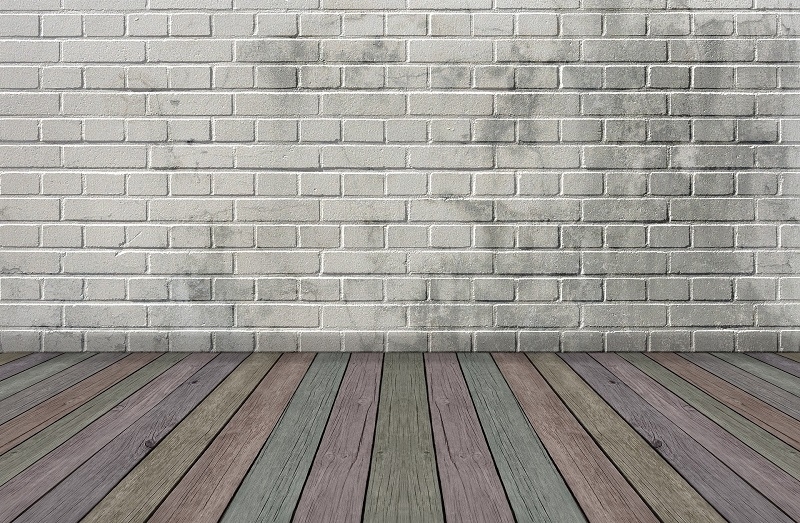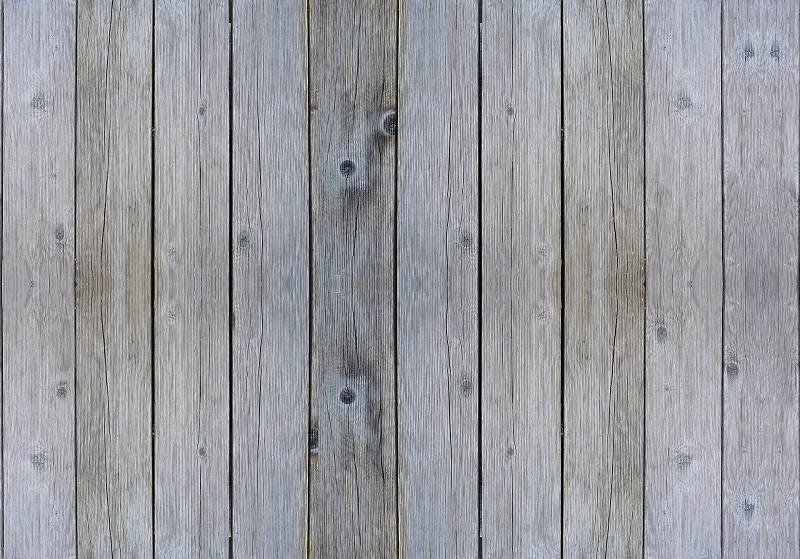Different shades of grey – how wood weathers
Published: 16/09/20 By: Mike Bekin
If wood is outside, exposed to the wind, rain, and sun, its aging, or weathering, will inevitably start to happen. Understanding how timber weathers will help you select the right wood and the right maintenance schedule, for your external timber installations.
How wood weathers
When exterior timber cladding, decking, furniture, or beams are first installed, they display a wide variety of colours.
Tropical timbers have the most vibrant and varied colour palettes, but all types of wood have different tones and textures in their grains.
When timber is exposed to the UV light and the elements, these colours begin to fade and the wood becomes silvery grey. Eventually, all external timber will turn grey if it’s left untreated.
How to delay the ageing process
The only way to delay the weathering process is to treat your timber with a protective finish. Protective finishes help to prevent UV rays, wind, and rain from affecting the surface of the wood and turning timber grey. These types of finishes are either film forming or penetrative.
Film forming finishes, such as paint, sit on the surface of the wood while penetrative protective coats such as oils and stains soak into the timber.
Most types of protective coating are tinted. This tint or pigment is there to help protect the timber from the worst of the UV rays. They are carefully blended to enhance the natural beauty of the wood.
The type of protective finish you choose will depend on the timber and its location. Most protective products are available in a choice of colours, allowing you to find the right shade for your project.
If you’re unsure which type of product is best suited to your timber installation, ask your timber supplier for expert advice.
As @ThisOldHouse says, “For all the sophisticated chemistry, the basic ingredients of every exterior finish remain remarkably similar. That's because the three main agents of wood decay haven't changed.”
These agents are UV rays, organic substances, like moss, mould and mildew, and water. Choosing a protective finish that protects against all three will ensure the aging process of your wood is delayed as long as possible.

Maintaining your external timber
When selecting a finish for your external timber, it’s important to think about how you’re going to maintain the wood installations. The protective finish will need to be reapplied to the wood on a fairly regular basis (the exact timetable will depend on the timber, its location and the protective product chosen).
In some cases, scaffolding may be required to access all areas that need recoating. Ladders might also be required to give you extra reach.
Learn more about different timber species and how they age, and find out about the products and services we offer, by exploring our site or getting in touch with a member of our team.
